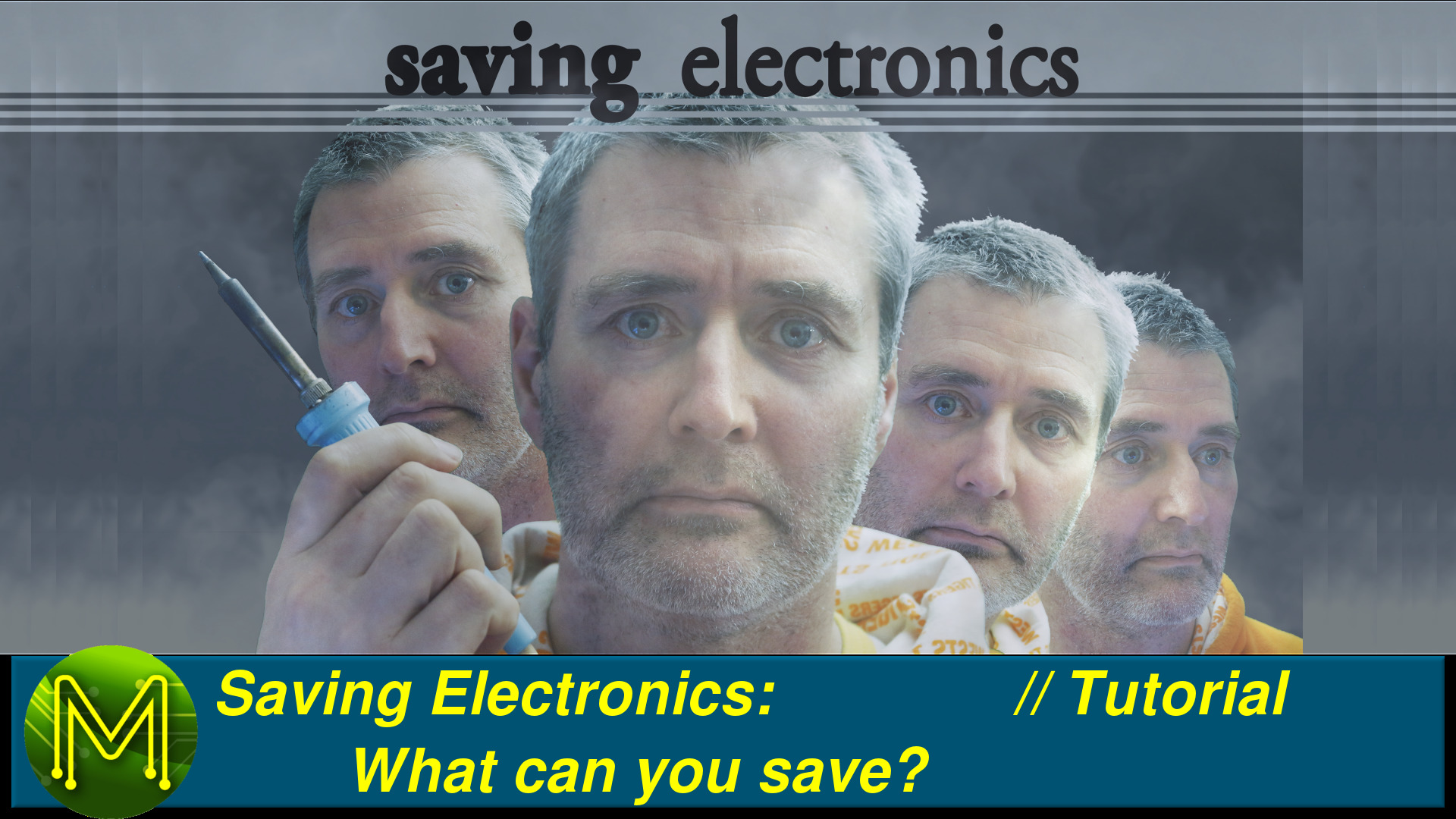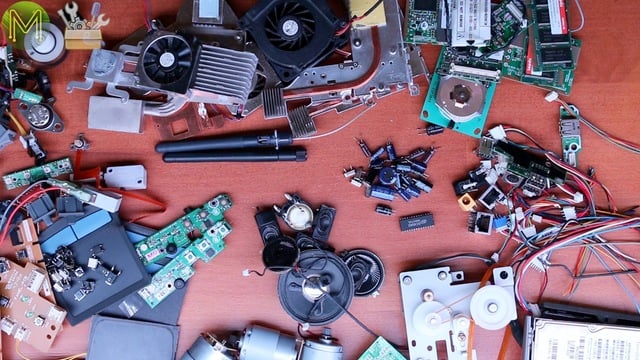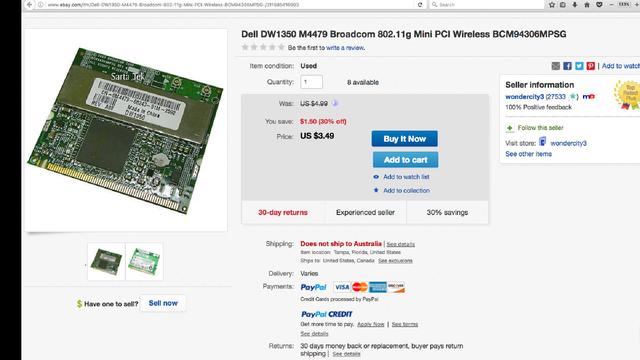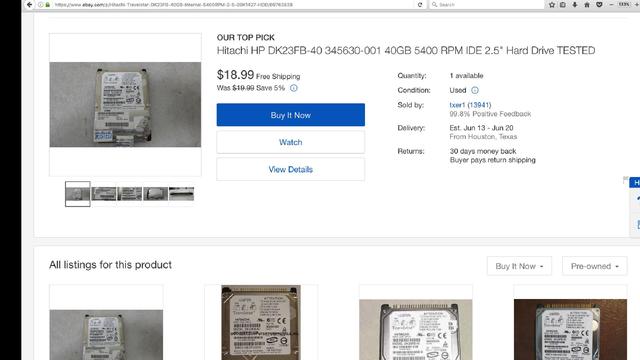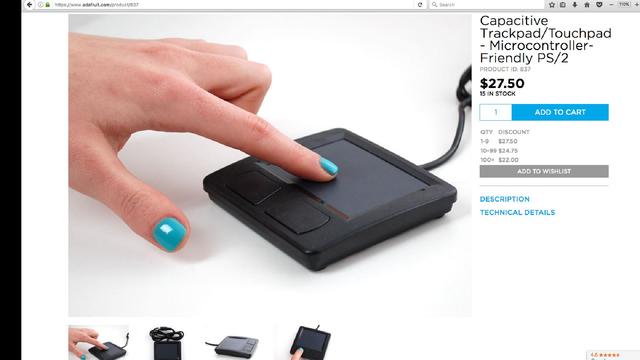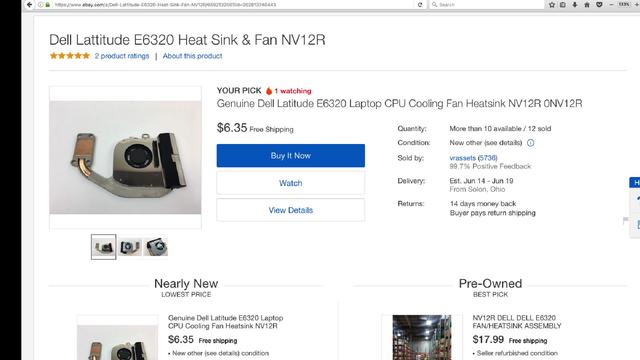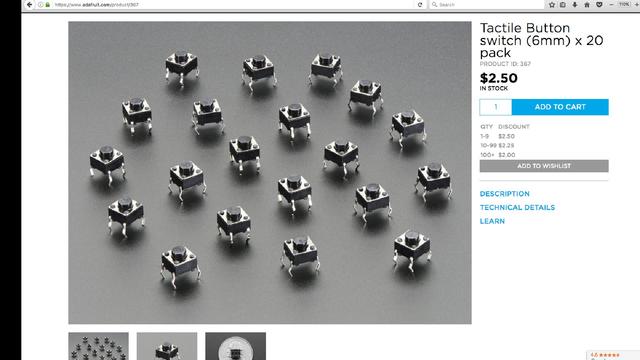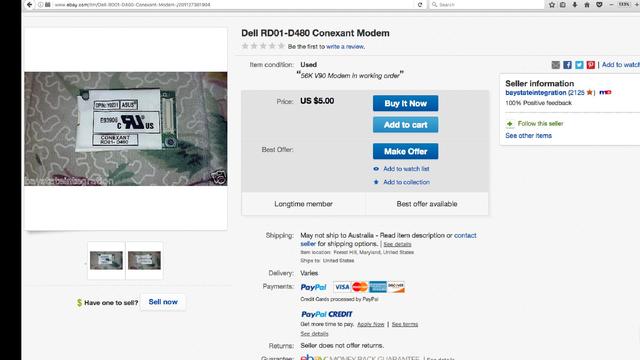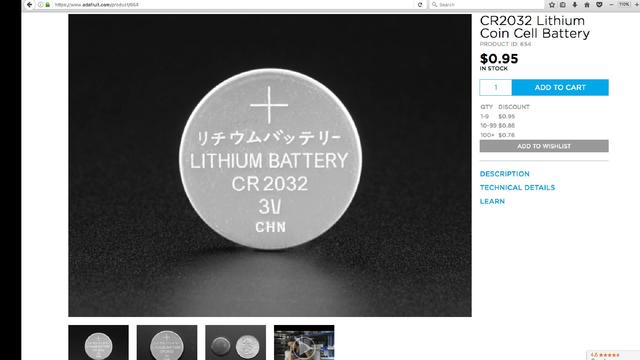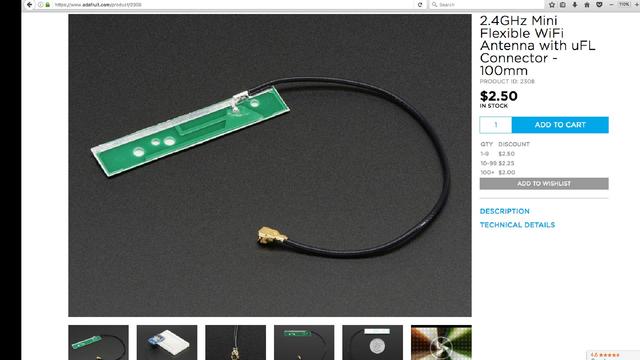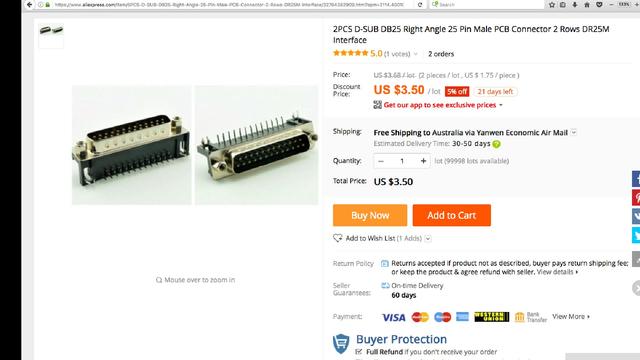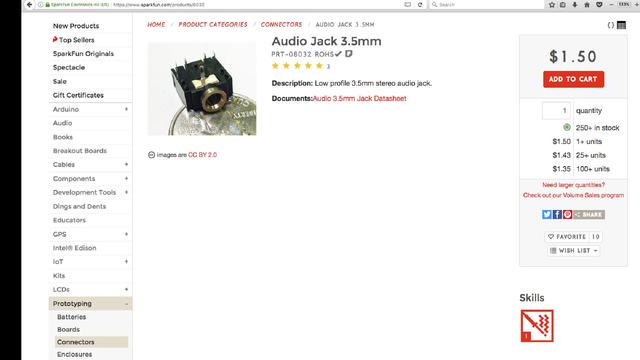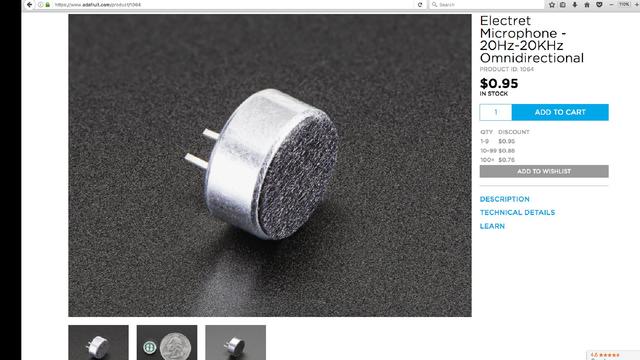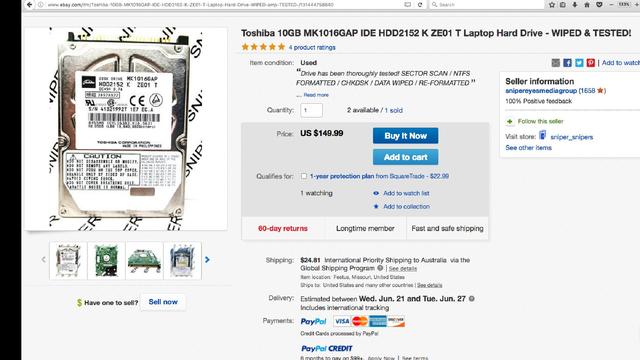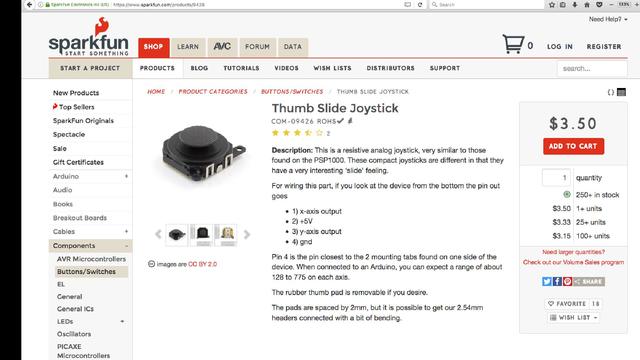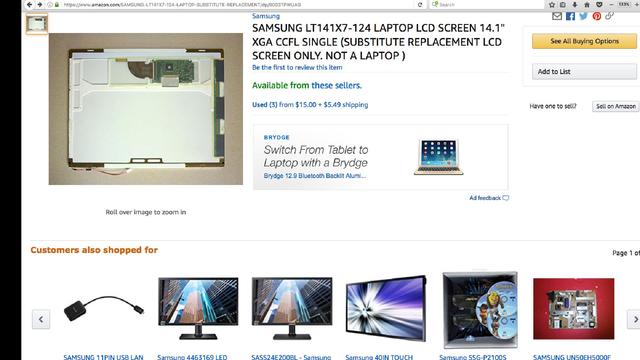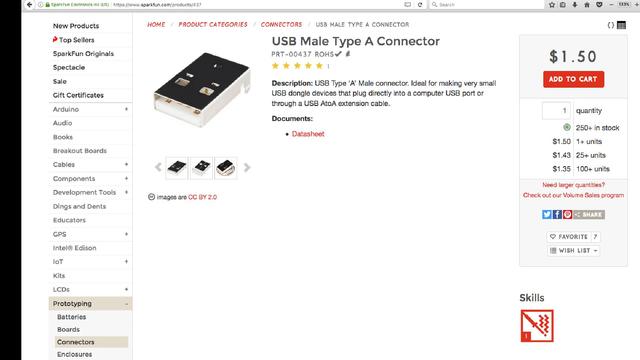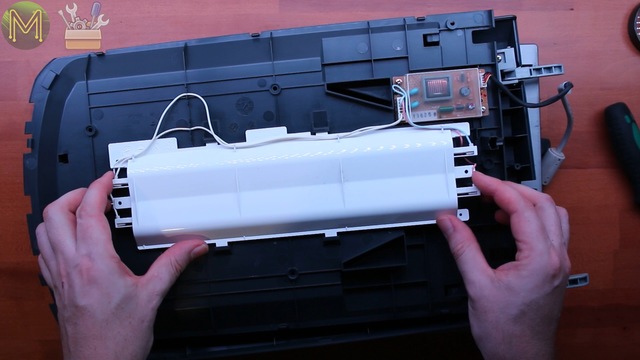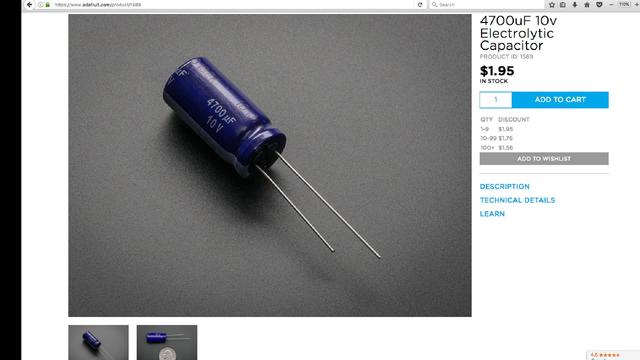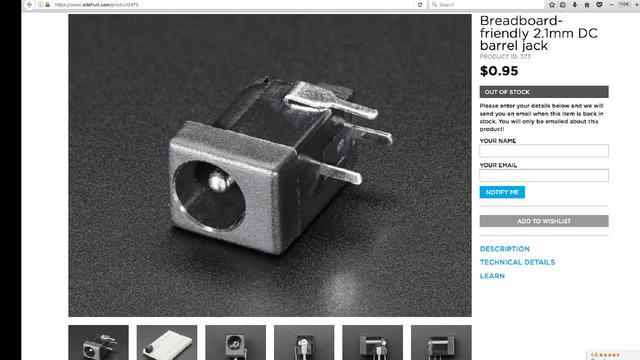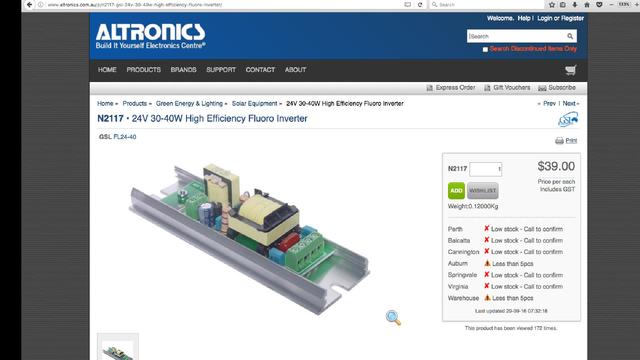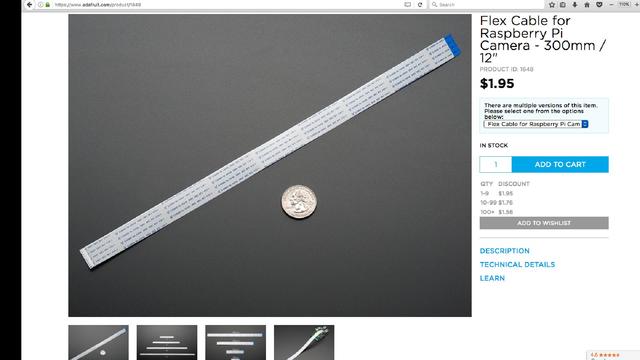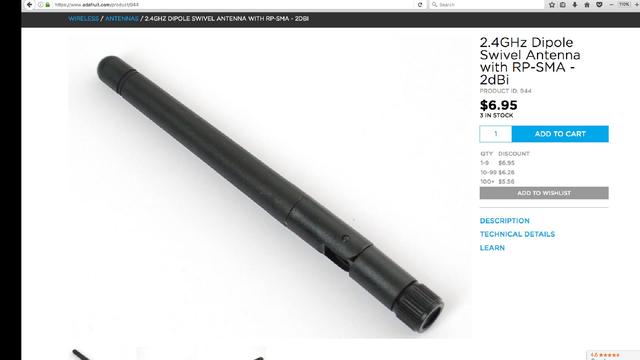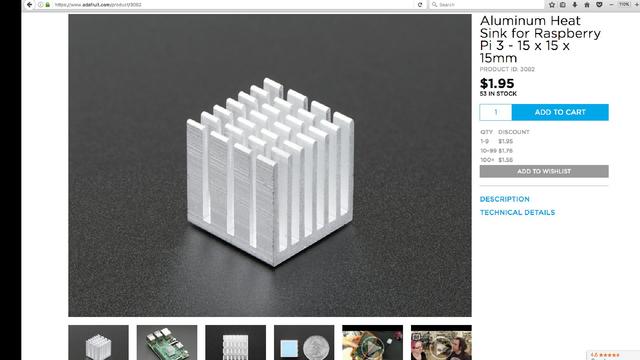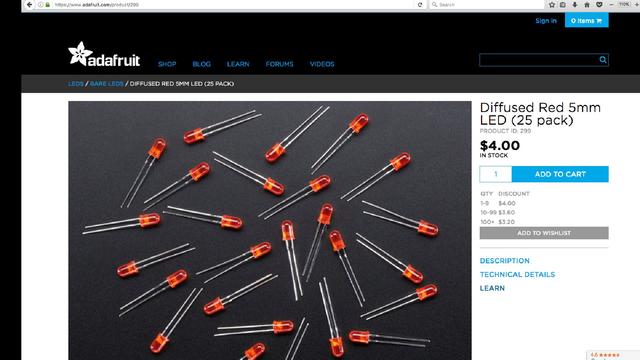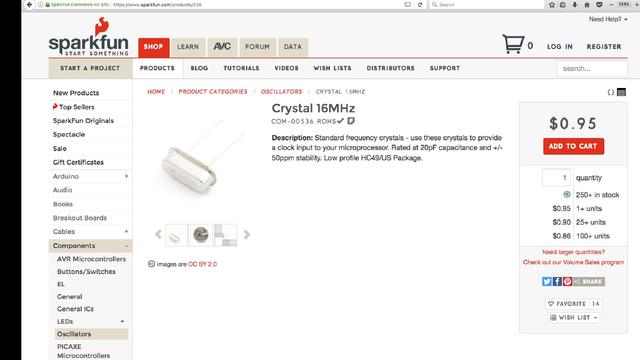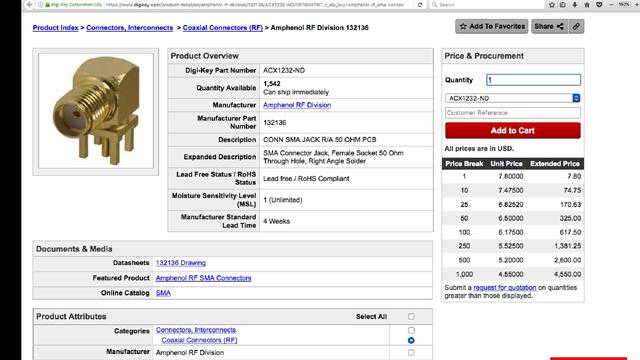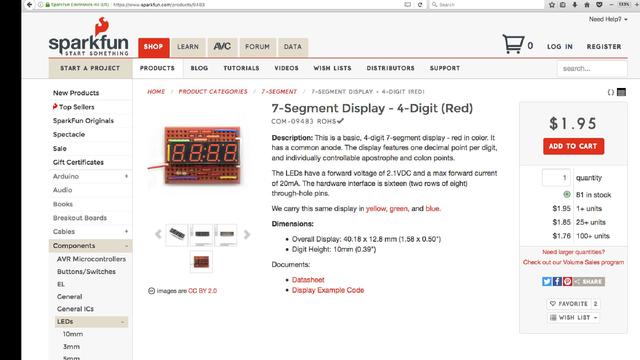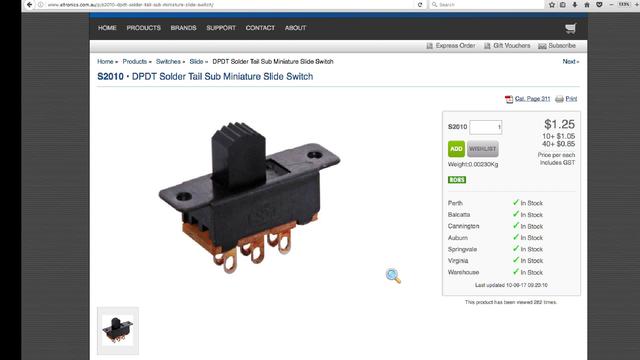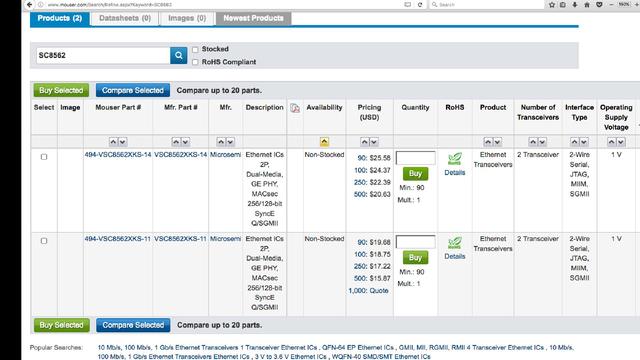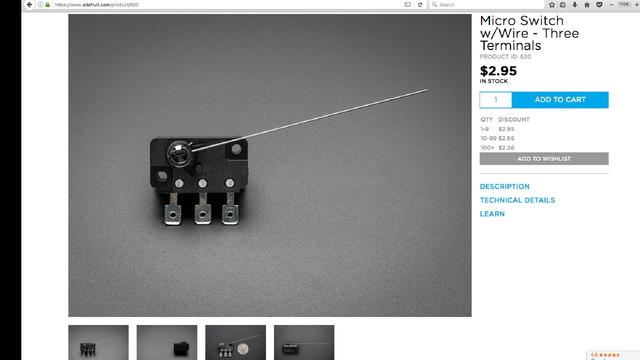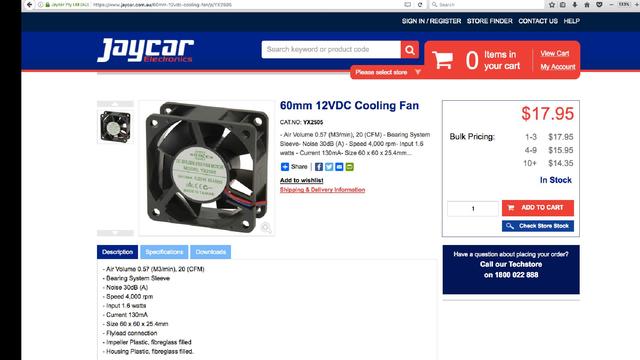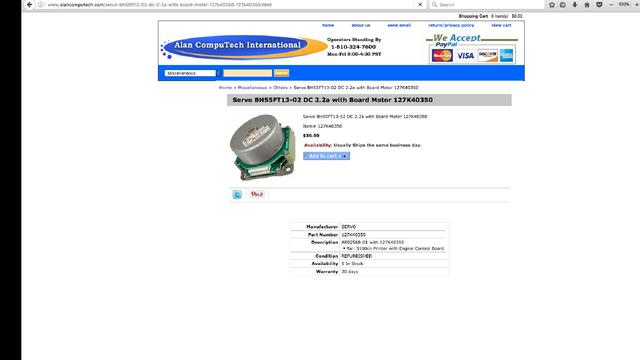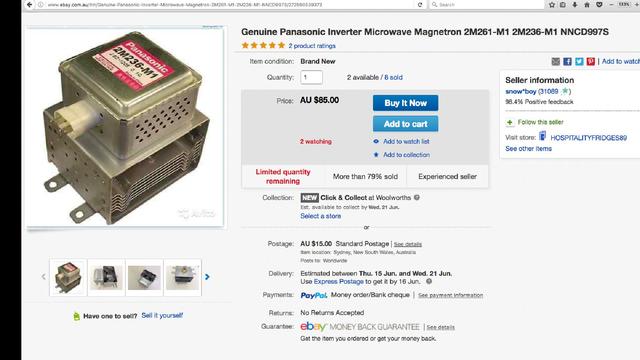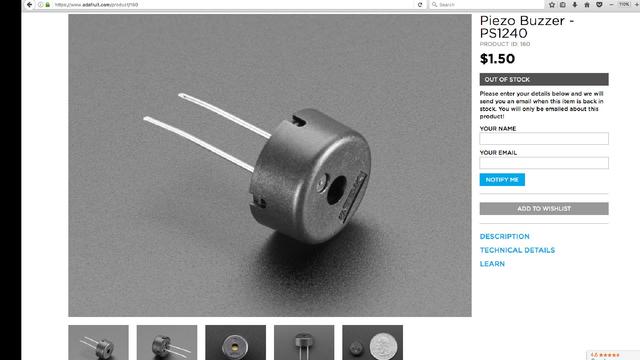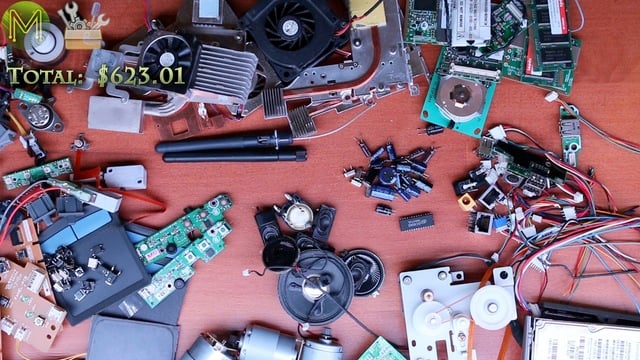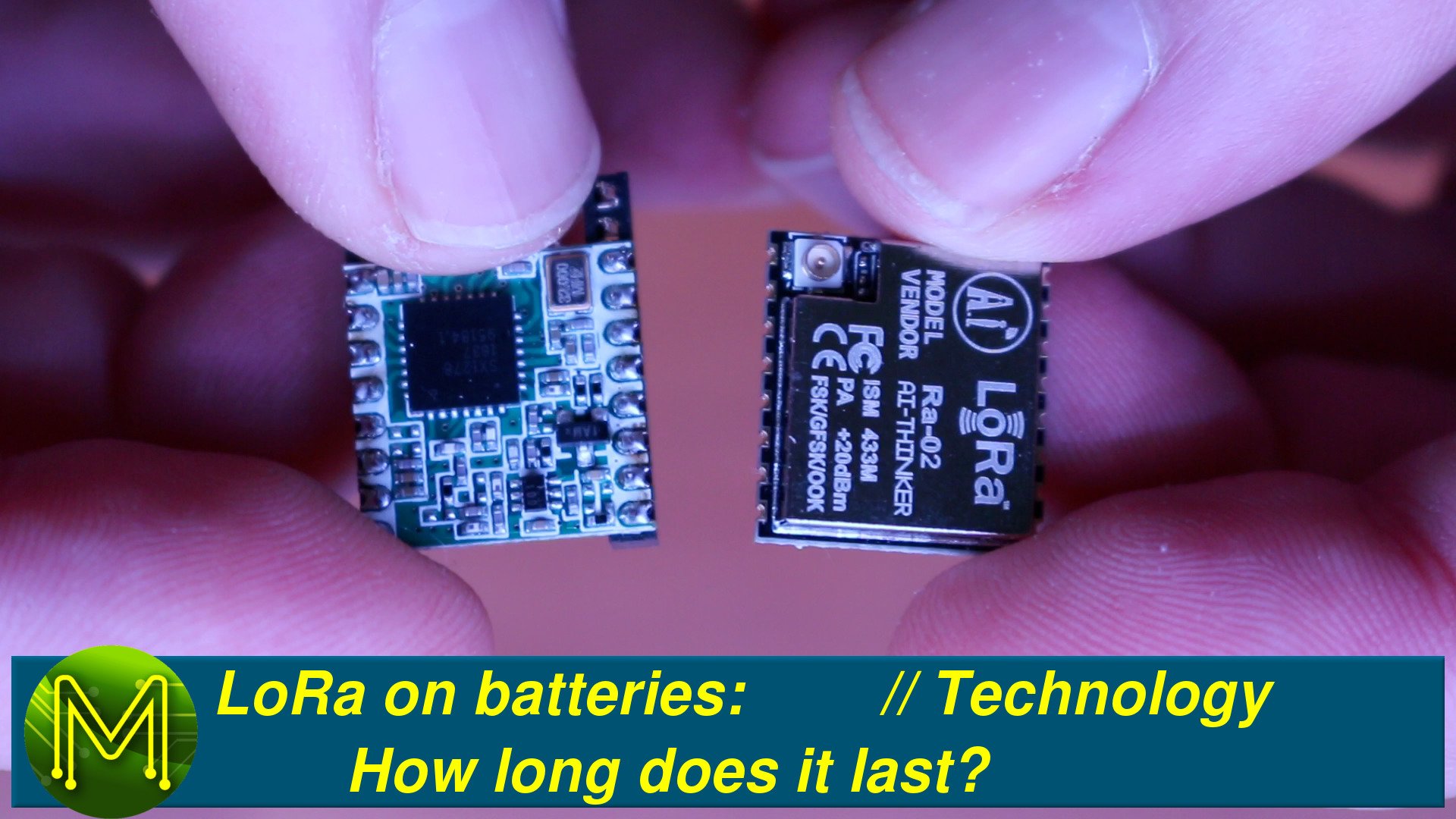Saving Electronics: What Can You Save? // Tutorial
How to save around US$623 by scavenging from junk. If you live in a country that has regular roadside junk collection, they can be a goldmine of electronics spare parts.
Notebooks I managed to pick up several notebooks. The Dell Latitude D450, which actually powered up. They are a good source of connectors, heatsinks, hard disks and displays. I could have saved it, but I was more interested in the parts I could get from it. It’s fairly easy to pull notebooks apart and there’s usually lots of tutorials online that you can Google. Basically unscrew any screw that you see. Works for me.
One of the more interesting parts you can get is the LCD screen. Once you find the model number then a simple Google will show up plenty of controller boards that you can retrofit and you’ve got a working monitor.
$15.00 - In my case I had a QD14XL07 from Quanta Display and found several controllers on eBay for around $30 a pop. Nice.Batteries are good to save, they are usually divided up into individual cells that you can separate and use to power small MCUs. The RAM isn’t so useful, but could be added to another notebook I had.
$3.49 - Then there’s the WiFi and Bluetooth module running a very common Broadcom module.
$18.99 - The 40GB hard disk can be used on several SBCs I have.$27.50 - While the capacitive touchpad can set you back almost $30.$7.50 - And these small enclosed speakers are useful, but were a bit fiddley to get out.$6.35 - This small flat heatsink I’ll use in some of my SBC tests.$2.50 - and a bunch of buttons comes in handy.$6.35 - Another heatsink! $5.00 - Not sure modems could be used much these days, but might be fun to check out.$0.95 - Coin cell batteries,$2.50 - Then there’s an antenna$1.50 - RJ45 connectors, $3.50 - DB25 and DB9 connectors.$3.00 - And a couple of audio jacks.As for the rest, well I didn’t feel like de-soldering any of the surface mount components. So, that’s around $89 saved so far, nice!But then I had another two notebooks to rip apart. Then Compaq Armada E500 I managed to get
$15.00 - another LCD screen
$0.95 - Electret microphone
$19.00 - Another hard disk.$6.35 - Another heatsink. More batteries.$27.50 - touchpad. More buttons.
$3.50 - and more DB25 and DB9 connectors.
The last notebook I managed to get
$3.50 - one of those funky thumb sticks,
$15.00 - another LCD screen,$27.50 - touchpad,$7.50 - speakers, more buttons.
$3.00 - RJ45 connectors, More buttons, which can be easily de-soldered,
$1.50 - and a USB connector, which is easy to de-solder as well,
$6.35 - Another heatsink.Bringing the current tally to just a bit over US$240. Nice haul so far.
Scanners
Scanners are a good source of stepper motors, sensors, switches, and passive components. I could have used these excellent lights for close up shots in my studio, but I already have enough, so didn’t keep them.
But there were more buttons! and I was thinking of using the scanner as a motorized camera slider, but just kept the stepper motor instead. The control board had a couple of bits to scavenge, like the caps and inductors.$19.50 - A bunch of caps.
$1.50 - Those flat connectors are always handy.$0.95 - DC barrel jack.$12.00 - Then the Bipolar stepper motor saved me a bit. $1.95 - Rocker switch. $78.00 - Fluro inverters are pretty expensive, so ended up keeping both of them on this scanner.$2.00 - lenses are good for seeing small stuff and I might see if I can interface to this neat linear camera.$1.95 - Flex cables are always handy.
Saved: US$117.85
WiFi Access Points
You can actually get a few bits from an old access point.
$6.95 - like the antenna, SMD buttons
$1.95 - and a heatsink with heat transfer material$0.95 - DC barrel jack.And on the second access point,
$6.95 - another antenna, and I could have de-soldered the flash chip and other ICs, but it’d be good to get some of the connectors off.
$3.10 - Another WiFi module,
$0.95 - DC barrel jack, buttons, LEDs,
$2.85 - a bunch of crystal oscillators, which can easily be de-soldered.$7.80 - and this SMA PCB mounted antenna jack is expensive.$3.00 - RJ45 connectors just need lots of solder and a screwdriver.Saved: $34.50
Clock Radio
An old clock radio is full of a bunch of old school passives.
$1.50 power cord,
$2.50 - speaker,
$1.95 - 7 segment LED display and more buttons
$1.50 - a couple of slide switches,$19.68 - and a clock radio IC which are actually really expensive.Saved: $27.13
Laser Printer
Laser printers are usually a good source of stepper and DC motors, sensors, connectors, solenoids and also gearing if you’re in to robotics. There’s also solenoids, switches, and IR sensors.
$1.20 - Of course more buttons and LEDs.
$2.95 - microswitches
$15.00 - 60mm fanbut there’s not a heck of a lot you can get from the control board, except more connectors, which added up to around $29.00Then there is the laser scanner module, which I’m thinking of using as a laser leveler. I’ll just have to replace the laser with something in the visible spectrum. It comes complete with it’s own Hbridge driver IC.
The toner cartridge is useless to me.
$60.00 - But the power supply is chock full of trimpots, heatsinks, coils, caps, transistors, diodes. I reckon components alone would be around the $60 mark.
$17.00 - There’s bucket loads of sensors and microswitches of all shapes and sizes.
$36.00 - and would you believe this DC motor with Hbridge controller would cost you $36?
Saved: $161.15
Inkjet Printer
Inkjet printers are also a good source of steppers, sensors, switches and passives.
$9.95 - A nice 12 and 5 volt DC power supply.
$3.50 - more sensors,$5.50 - buttons and connectors,
$1.50 - USB connector,
$3.00 - and a nice motor with inbuilt encoding wheel.
Saved: $23.45
Microwave
Microwaves, on the other hand, are full of high voltage stuff, but there’s a few passives you can get from them.
$6.50 - Temperature sensors,
$2.95 - microswitches,
$1.50 - connectors,
and if you’re in to dangerous stuff you can’t forget the magnetron, which is probably the reason why this microwave has been thrown out, so probably useless.
$2.70 - as for the control PCB, well there’s a few connectors,$1.50 - piezo buzzer,
$3.00 - LCD and LED backlight.Saved: $18.15
Summary
So, how much would all these electronics components cost me?
Around US$623.
That’s pretty good for 2 hours of scouting the neighborhood and pulling things apart! Just goes to show you can save a lot of money if you know what you’re looking for.
